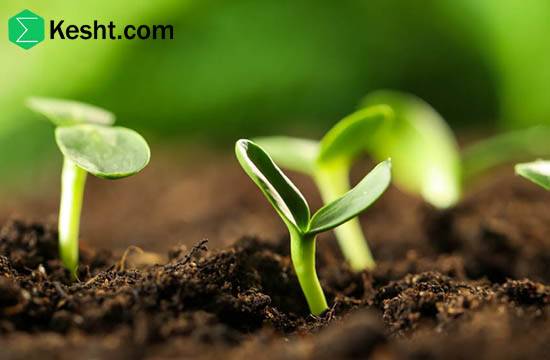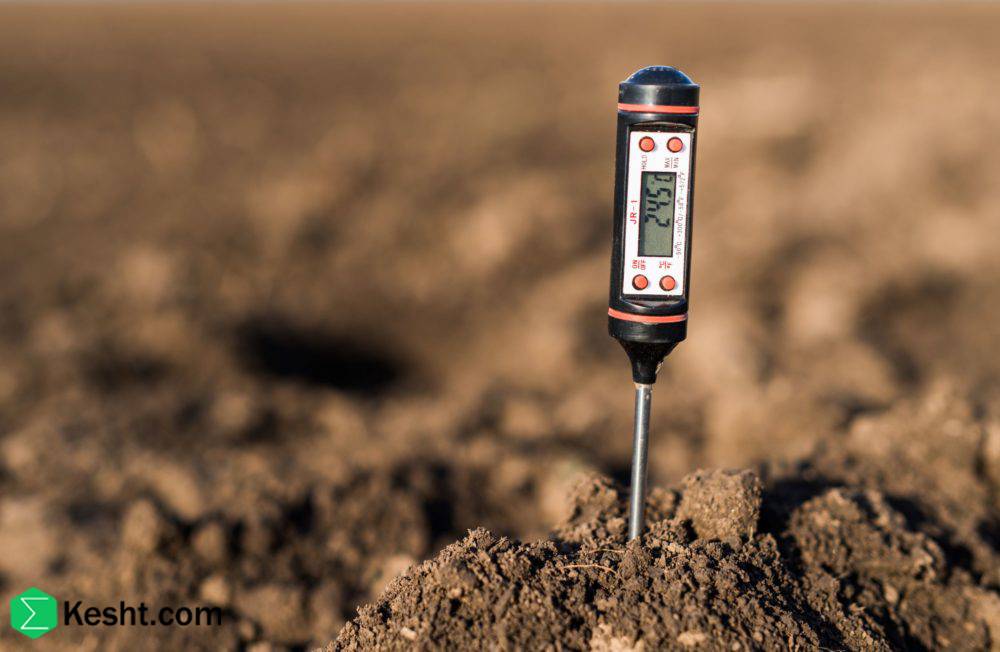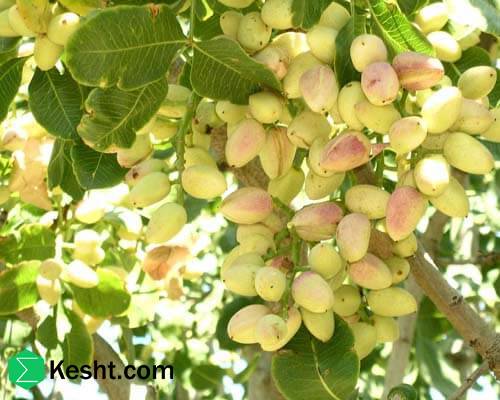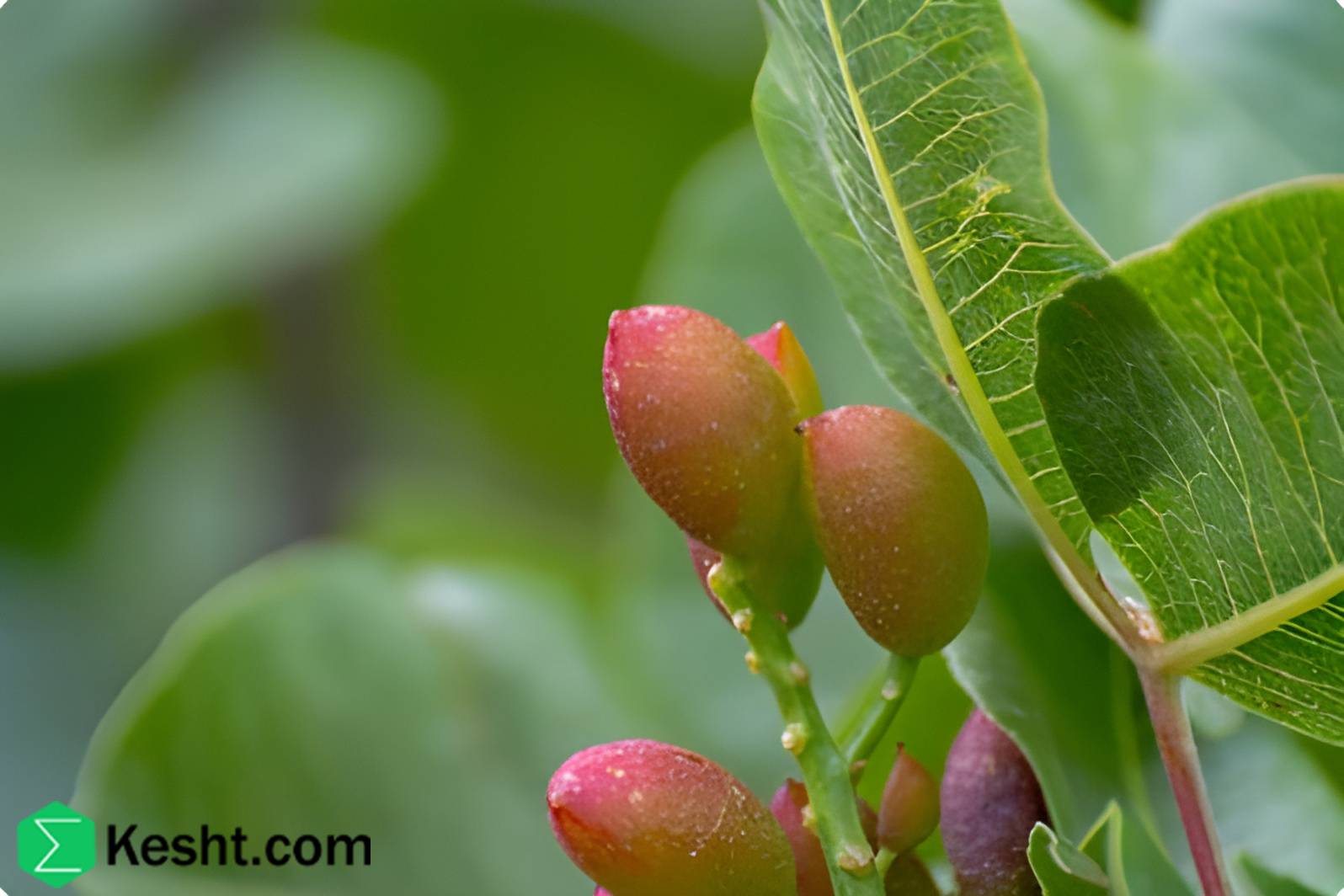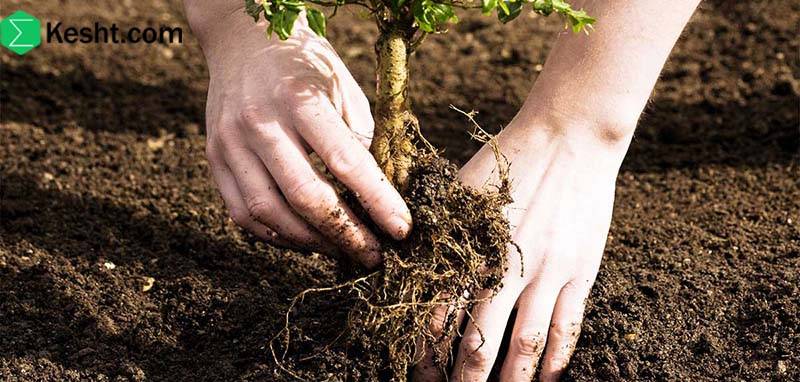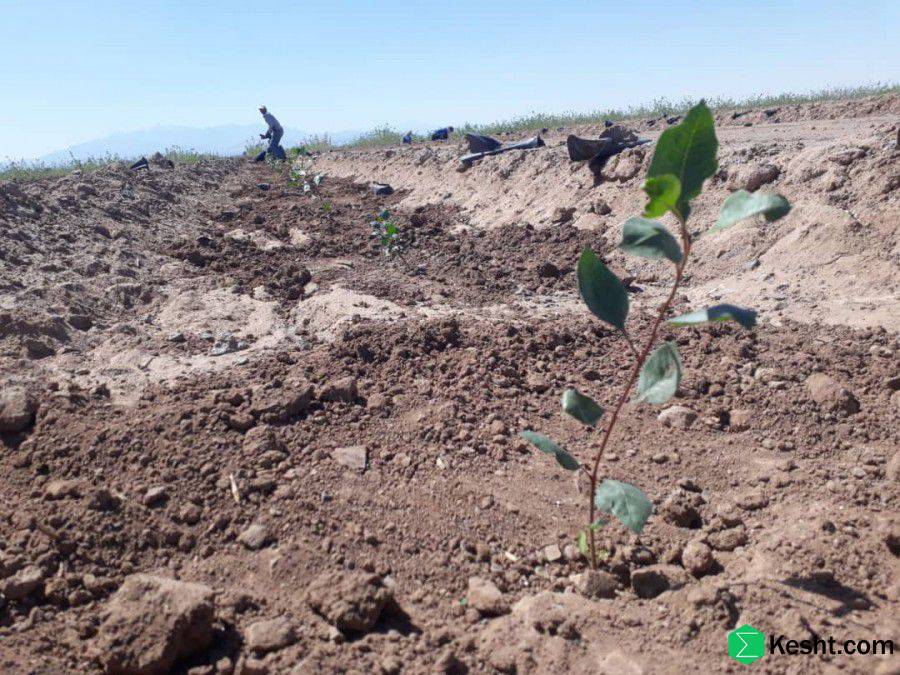Best practices for caring for pistachio saplings in year one
- Year-one goal: root establishment, trunk protection, and building the initial framework; fruiting is not a priority.
- Success = precise irrigation + sun/wind protection + light formative pruning + gentle nutrition + weed control.
Immediately after planting
- Proper planting: a 60×60×60 cm hole; untangle/straighten roots; keep the graft union 15–20 cm above soil level.
- Staking: install a sturdy stake; tie in a figure-8 to prevent bark damage.
- Establishment irrigation: one thorough irrigation to wet 30–40 cm deep (with good drainage). Do not puddle the soil.
- Trunk whitewash: dilute white acrylic paint 1:1 with water (or a ready horticultural whitewash) over the entire trunk up to just below the graft to prevent sunburn.
- Protection: trunk guard (rodents/wind); in very hot areas, 30–50% shade cloth for the first 4–8 weeks.
If you are interested, it is recommended that you read the following article / article title:
Economic benefits of planting hybrid pistachio seedlings
https://ekesht.com/en/blog/economic-benefits-of-planting-hybrid-pistachio-seedlings
Precise irrigation (the key to year-one success)
- Core principle: more frequent, smaller sets; keep the root zone slightly moist, not waterlogged.
- Moisture check: 1–2 times weekly, probe 20–30 cm; if a squeezed soil ball crumbles immediately, it’s time to irrigate.
Suggested drip schedule (2 emitters at 4 L/h)
- Farvardin–Ordibehesht (Mar–May): 2–3 sets/week × 45–60 min (≈ 6–8 L per set)
- Khordad (May–Jun): 3 sets/week × 60–75 min (≈ 8–10 L)
- Tir–Mordad (Jun–Aug): 4–5 sets/week × 60–90 min (≈ 8–12 L)
- Shahrivar (Aug–Sep): 3 sets/week × 60–75 min (≈ 8–10 L)
- Mehr (to leaf drop; Sep–Oct): 1–2 sets/week × 45–60 min
Adjustments by soil/climate:
- Light (sandy/sandy-loam) soils or very hot weather: increase time or frequency by 20–30%.
- Heavy (clayey/poorly drained) soils: reduce time per set by 20–30% and keep frequency.
- Saline water/high EC: every 3–4 weeks, run one deeper irrigation (≈ 1.5× usual) for leaching, provided drainage is good.
If irrigating by basin
- Spring: 2–3 times/week × 8–12 L each time
- Summer: 3–4 times/week × 10–15 L
Note: deliver water gently, keep it off the trunk to avoid erosion/crusting.
Light, targeted nutrition
- Don’t overapply without a soil test. The goal is simply to support sapling growth.
- Nitrogen (entire season): about 30–60 g N per tree (≈ 65–130 g urea) in 3–6 splits from mid-spring to mid-summer with irrigation.
- Potassium: 40–80 g potassium sulfate in 2–3 splits. Avoid chloride fertilizers (KCl) in year one.
- Micronutrients: only if deficient. In calcareous soils, Fe‑EDDHA near emitters helps. Foliar Zn/B at low rates after leaves harden.
- Organics: a light ring of mulch or fully matured compost around the tree (keep 10 cm off the trunk); don’t smother the sapling.
Protecting the trunk, wind, and sun
- Renew whitewash mid-summer. In hot zones, maintain temporary 30–50% shade, especially for the first 6–8 weeks.
- Keep staking secure; loosen ties periodically to prevent girdling. The stake can usually be removed at the end of year one.
- Use trunk guards where rodents/intense sun are concerns.
Pruning and training (year one)
- Goal: build one strong, straight leader. Gradually remove very low laterals, but leave enough leaf area on the trunk to increase caliper.
- No summer heading: delay heading cuts to winter dormancy (end of year one); then head at ~100–120 cm so in year two the tree forms 3–4 primary scaffolds.
- Remove any fruitlets that appear; all energy should go to roots and trunk.
Weeds and orchard floor
- Keep a 1–1.5 m weed-free circle around each sapling. A 5–7 cm mulch layer is excellent (do not touch the trunk).
- Hand/mechanical weeding with care; avoid injuring roots/collar. If using herbicides, protect the trunk with a guard and follow labeled rates.
Hygiene, pests, and diseases
- Do not waterlog: the leading cause of crown/root rot in year one.
- Weekly scouting: psyllids, mites, scales, ants; act at thresholds with locally approved products.
- Disinfect pruning tools; remove infected debris. Avoid moving soil between infested/clean blocks.
If you are interested, it is recommended that you read the following article / article title:
Methods for producing hybrid pistachio seedlings
https://ekesht.com/en/blog/methods-for-producing-hybrid-pistachio-seedlings
Month-by-month (summary)
- Farvardin (Mar–Apr): planting, establishment irrigation, whitewash, stake, shade in hot areas.
- Ordibehesht (Apr–May): regular irrigation, start light feeding, remove very low interfering laterals.
- Khordad (May–Jun): increase irrigation frequency, weed control, prevent sunburn.
- Tir–Mordad (Jun–Aug): peak water demand; one leaching irrigation if EC is high; maintain shade/whitewash.
- Shahrivar (Aug–Sep): gradually ease irrigation while keeping uniformity; remove any fruit.
- Mehr–Aban (Sep–Nov): reduce irrigation as leaves yellow; one deep irrigation late season; winter whitewash.
- Azar–Dey (Nov–Jan): winter heading at 100–120 cm to set up year‑two training; review stakes/guards.
common mistakes that ruin year one
- Few, heavy irrigations (waterlogging) or the opposite extreme
- Burying the graft union or letting mulch/fresh manure touch the trunk
- Planting pot-grown trees without correcting circling roots
- Excess nitrogen or using chloride fertilizers
- Skipping whitewash/shade → trunk sunburn
- No staking → saplings break in wind
- Weeds at the collar/root zone
- Unjustified pesticide/herbicide use
- Irrigating with saline water without a leaching plan
- Leaving any nuts on the sapling
We are the “ekesht” platform — a subsidiary of Samin Atlas Iranians and the only official exporter of BlueLabel seedlings in Iran
Why Blue Label?
Because the world only trusts these seedlings!
Ordinary seedlings (without labels or other labels), even if one of them is infected, can destroy your entire garden — without you realizing it!
But the advantage of Blue Label seedlings:
✅Each of them has a global barcode
✅Tested in advanced laboratories
✅Free from any viruses and microbes
✅The only seedlings that are allowed to be legally exported!
This is important for you if:
- You want to build a garden that is productive and hassle-free
- You are looking for a long-term investment in gardening
- You want to start without stress, without losses, without surprises!
Blue Label seedlings = peace of mind
Because when the seedlings are healthy, the garden stays healthy — and real profits come!
Contact us now — before a random seedling destroys your garden!
Healthy Seedlings = Fruitful Garden = Smart Investment
And that’s exactly what we do at ekesht.
ekesht platform (with fifteen years of practical and successful trade experience with Russia, Kazakhstan, Iraq, China, Turkmenistan, Turkey, etc.) is ready to cooperate with people active in the field of agriculture.
For more information and additional information, please contact us via social media, phone call or email
Phone number:
Email:
Social media address:

